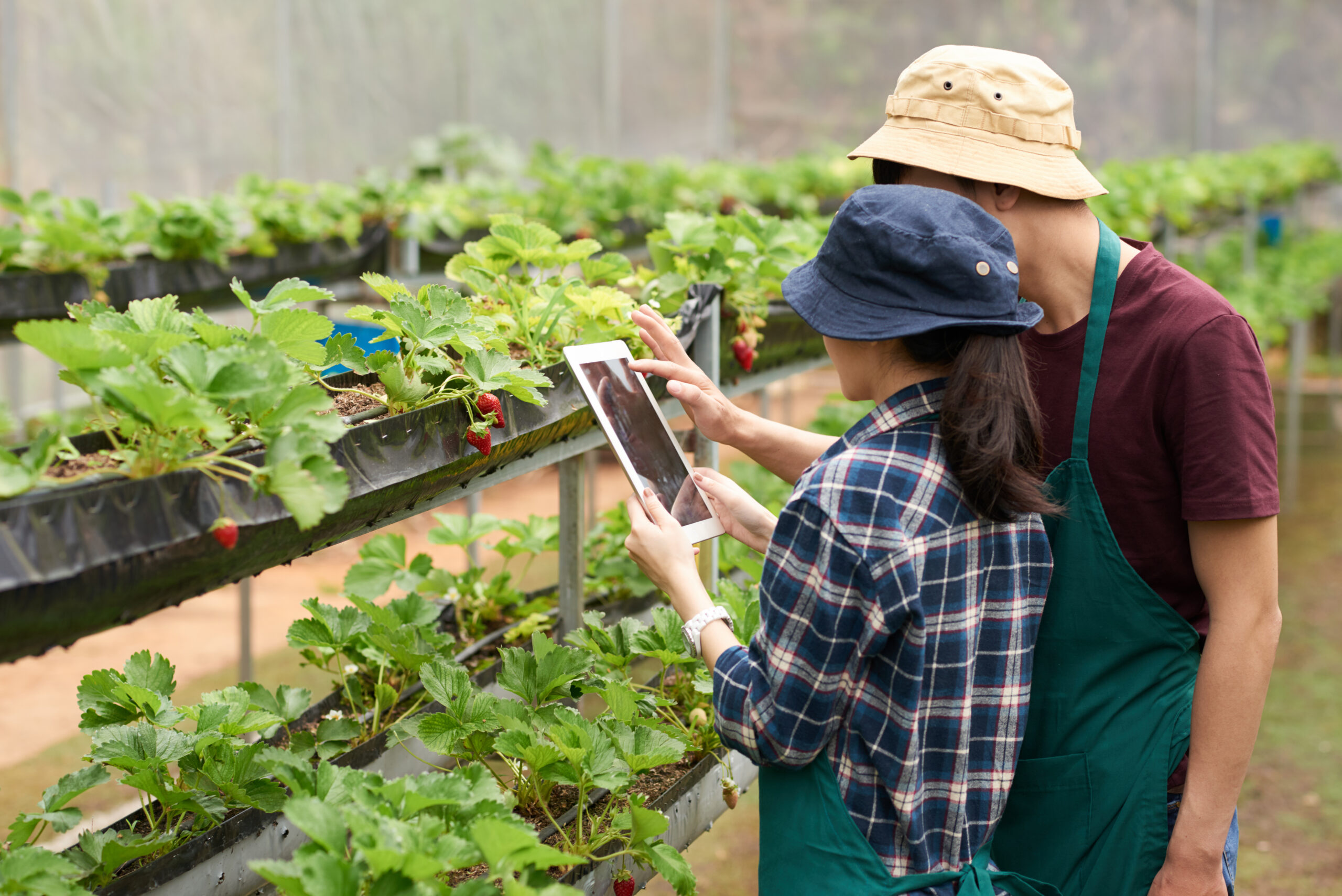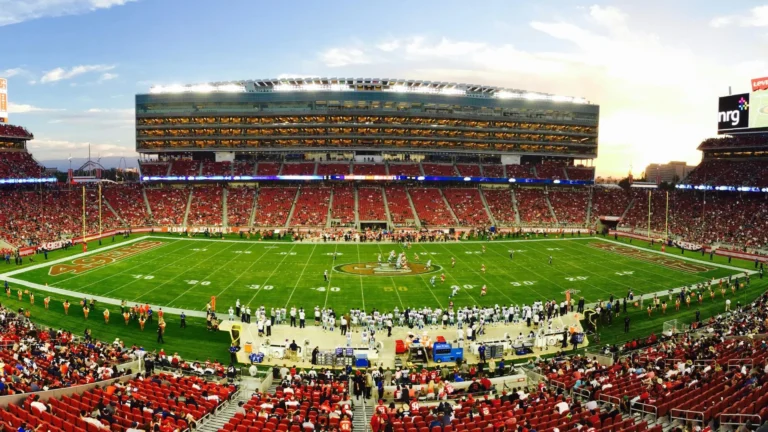The Future of Tech in Agriculture
The agriculture industry is undergoing a profound transformation, driven by rapid advancements in technology. From precision farming to drones and AI, technological innovations are revolutionizing how we grow, manage, and harvest crops. Let’s explore the future of tech in agriculture and how it promises to create a more efficient, sustainable, and productive food system.
Precision Farming: Maximizing Efficiency
Precision farming is at the forefront of agricultural technology, allowing farmers to optimize their use of resources and maximize crop yields.
GPS and Satellite Technology
Global Positioning System (GPS) and satellite technology enable farmers to monitor their fields with pinpoint accuracy. These tools help in mapping fields, soil sampling, and monitoring crop health. By understanding the specific needs of different areas within a field, farmers can apply fertilizers, pesticides, and water more efficiently, reducing waste and improving productivity.
IoT Sensors
The Internet of Things (IoT) has introduced sensors that can be placed throughout fields to collect real-time data on soil moisture, temperature, and nutrient levels. This data helps farmers make informed decisions about irrigation, fertilization, and planting schedules, leading to healthier crops and higher yields.
Drones: Aerial Insights and Monitoring
Drones are becoming indispensable tools in modern agriculture, providing aerial insights that were once impossible to obtain.
Crop Monitoring
Drones equipped with high-resolution cameras and sensors can fly over fields and capture detailed images of crops. These images help farmers identify issues such as pest infestations, disease outbreaks, and nutrient deficiencies early on, allowing for timely intervention.
Precision Spraying
Some drones are designed to spray fertilizers and pesticides with remarkable accuracy. By targeting specific areas that need treatment, drones reduce the amount of chemicals used, minimizing environmental impact and reducing costs.
Artificial Intelligence: Smart Decision Making
Artificial Intelligence (AI) is playing a crucial role in enhancing agricultural decision-making processes.
Predictive Analytics
AI-powered predictive analytics analyze historical and real-time data to forecast weather patterns, crop yields, and market trends. This information helps farmers plan their planting and harvesting schedules more effectively, optimizing their operations and reducing risks.
Automated Machinery
AI-driven machinery, such as autonomous tractors and harvesters, is transforming farm operations. These machines can perform tasks like planting, weeding, and harvesting with minimal human intervention, increasing efficiency and reducing labor costs.
Biotechnology: Enhancing Crop Resilience
Biotechnology is paving the way for crops that are more resilient to environmental challenges.
Genetically Modified Organisms (GMOs)
Genetic engineering allows scientists to develop crops that are resistant to pests, diseases, and extreme weather conditions. GMOs can lead to higher yields and reduced reliance on chemical pesticides, promoting more sustainable farming practices.
CRISPR Technology
CRISPR, a revolutionary gene-editing technology, enables precise modifications to crop DNA. This technology can enhance traits such as drought tolerance, nutrient efficiency, and resistance to diseases, helping farmers adapt to changing climates and improve food security.
Vertical Farming: Growing Upwards
Vertical farming is an innovative approach that involves growing crops in stacked layers, often in controlled indoor environments.
Urban Agriculture
Vertical farming allows for the cultivation of crops in urban areas, closer to where people live. This reduces the need for long-distance transportation, lowering carbon emissions and ensuring fresher produce for consumers.
Controlled Environment Agriculture (CEA)
In vertical farms, factors such as light, temperature, and humidity can be precisely controlled, optimizing growth conditions and increasing yields. CEA systems often use hydroponics or aeroponics, which require less water and land than traditional farming methods.
Sustainable Practices: Protecting the Environment
Sustainability is a key focus of modern agricultural technology, aiming to protect the environment and conserve resources.
Water Management
Advanced irrigation systems, such as drip irrigation and smart sprinklers, deliver water directly to plant roots, minimizing waste and reducing water usage. Sensors and AI can further optimize irrigation schedules based on real-time soil moisture data.
Renewable Energy
Renewable energy sources, such as solar panels and wind turbines, are being integrated into farming operations. These technologies reduce reliance on fossil fuels, lowering greenhouse gas emissions and promoting sustainable energy use.
Blockchain: Transparency and Traceability
Blockchain technology is enhancing transparency and traceability in the agricultural supply chain.
Food Safety
Blockchain allows for the secure and transparent tracking of food products from farm to table. This traceability helps ensure food safety, allowing consumers to verify the origin and quality of their food.
Fair Trade
Blockchain can also promote fair trade practices by providing transparent records of transactions. Farmers can receive fair compensation for their products, and consumers can make informed choices about the products they purchase.
Embracing the Future
The future of tech in agriculture is bright, with endless possibilities for innovation and improvement. As technology continues to evolve, farmers will have access to even more powerful tools and insights, enabling them to produce food more efficiently, sustainably, and profitably.
In conclusion, technology is revolutionizing agriculture, driving advancements in precision farming, drones, AI, biotechnology, vertical farming, sustainability, and blockchain. These innovations are not only enhancing productivity and efficiency but also promoting environmental stewardship and food security. By embracing these technological advancements, the agricultural industry can meet the challenges of a growing global population and changing climate, ensuring a sustainable and prosperous future for all.






